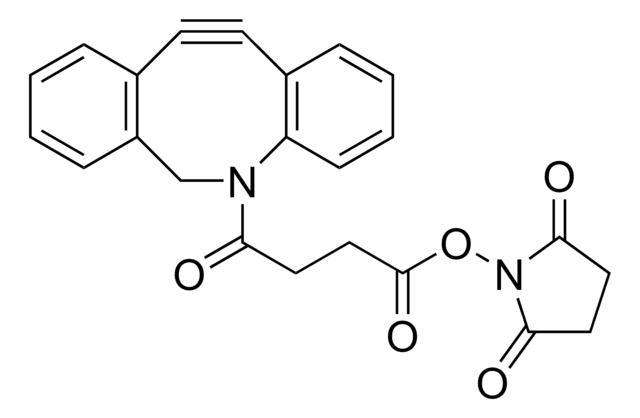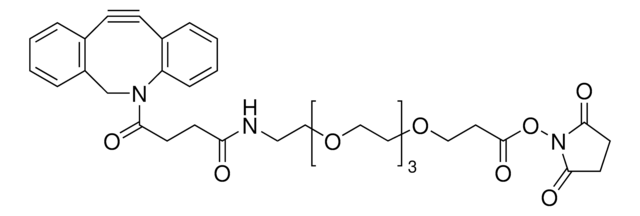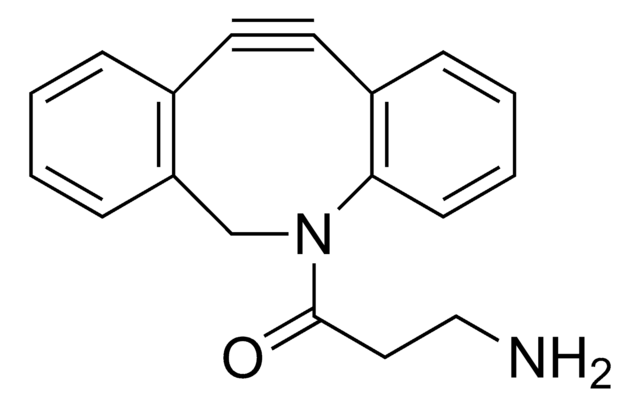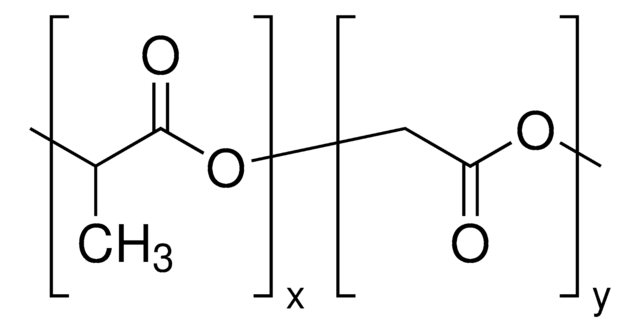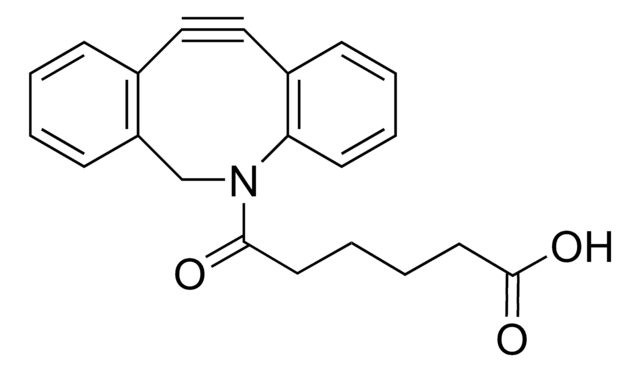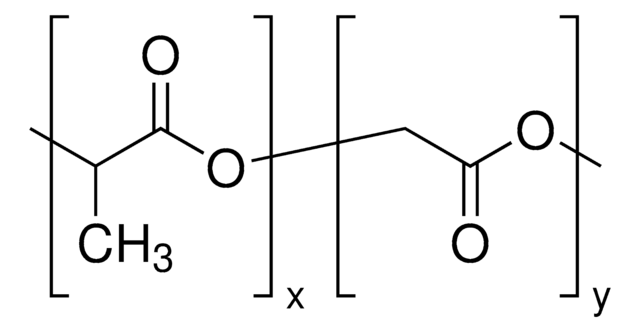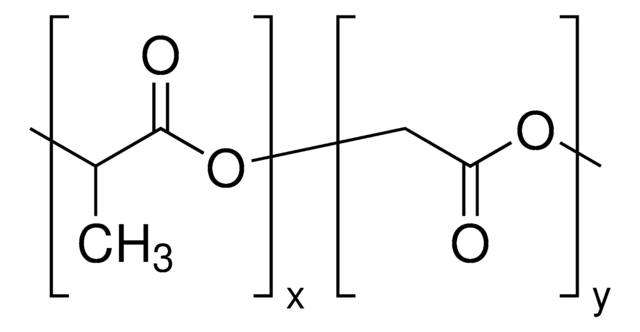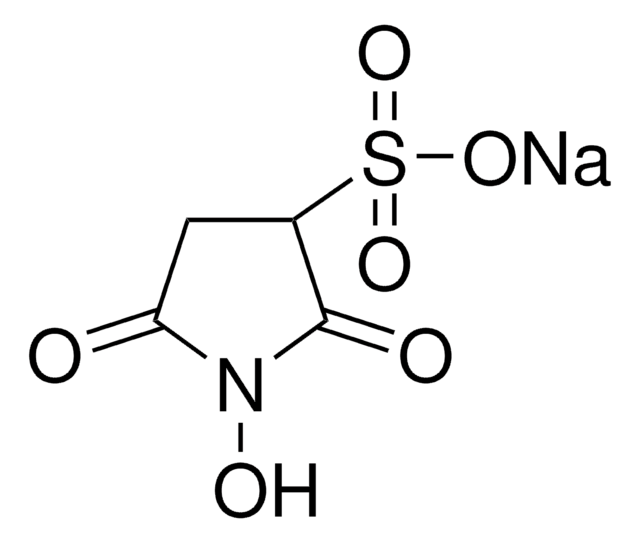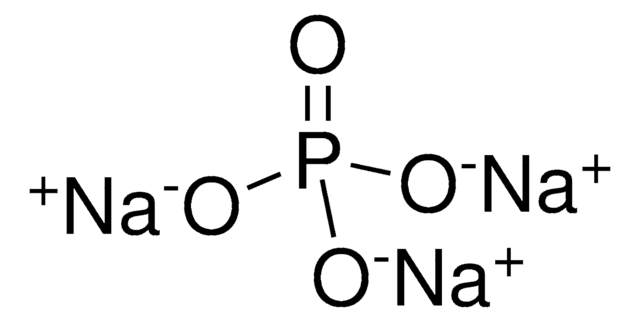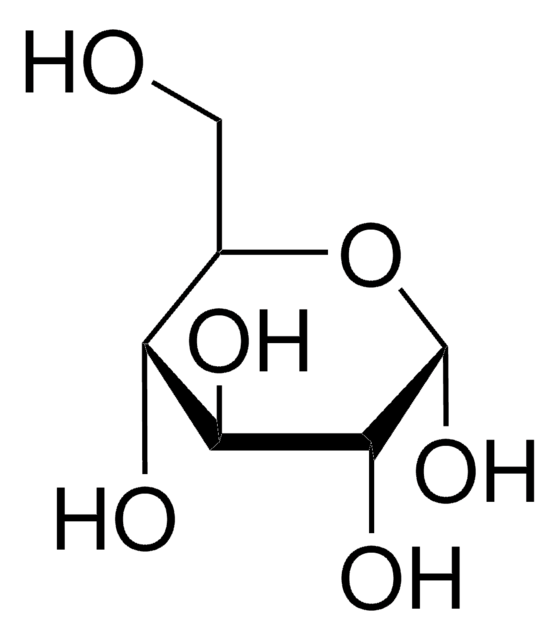762040
Dibenzocyclooctyne-sulfo-N-hydroxysuccinimidyl ester
for Copper-free Click Chemistry
Synonym(s):
DBCO-sulfo-NHS ester, DBCO-sulfo-SE
Select a Size
Select a Size
About This Item
Recommended Products
Assay
≥90.0 %
form
solid
reaction suitability
reaction type: click chemistry
reagent type: linker
bp
30 -100 °C
mp
240-260 °C
solubility
water: soluble at 20 °C
storage temp.
−20°C
SMILES string
O=C(CCCCC(ON(C(CC1S(=O)(O[Na])=O)=O)C1=O)=O)N2CC3=C(C=CC=C3)C#CC4=C2C=CC=C4
InChI
1S/C25H22N2O8S.Na/c28-22(11-5-6-12-24(30)35-27-23(29)15-21(25(27)31)36(32,33)34)26-16-19-9-2-1-7-17(19)13-14-18-8-3-4-10-20(18)26;/h1-4,7-10,21H,5-6,11-12,15-16H2,(H,32,33,34);/q;+1/p-1
InChI key
QXKHPYSXPCJSPR-UHFFFAOYSA-M
1 of 4
This Item | G7021 | G5146 | G7528 |
|---|---|---|---|
| technique(s) cell culture | embryo: suitable | technique(s) cell culture | insect: suitable, cell culture | mammalian: suitable, cell culture | plant: suitable | technique(s) cell culture | hybridoma: suitable | technique(s) gas chromatography (GC): suitable |
| solubility H2O: 2g + 15 mL, clear, colorless | solubility H2O: 2g + 15 mL (Tested) | solubility H2O: 2g + 15 mL (Tested) | solubility H2O: 1 M |
| Quality Level 200 | Quality Level 200 | Quality Level 200 | Quality Level 200 |
| form powder | form powder | form powder | form powder |
| mp 150-152 °C (lit.) | mp 150-152 °C (lit.) | mp 150-152 °C (lit.) | mp 150-152 °C (lit.) |
Application
Storage Class Code
11 - Combustible Solids
WGK
WGK 3
Flash Point(F)
Not applicable
Flash Point(C)
Not applicable
Choose from one of the most recent versions:
Already Own This Product?
Find documentation for the products that you have recently purchased in the Document Library.
Articles
Copper-free click chemistry is an alternative approach to click chemistry that proceeds at a lower activation barrier and is free of cytotoxic transition metal catalysts.
Explore the principles and applications of click chemistry in drug discovery, highlighting efficient reactions that streamline the synthesis of bioactive compounds.
Explore the principles and applications of click chemistry in drug discovery, highlighting efficient reactions that streamline the synthesis of bioactive compounds.
Our team of scientists has experience in all areas of research including Life Science, Material Science, Chemical Synthesis, Chromatography, Analytical and many others.
Contact Technical Service